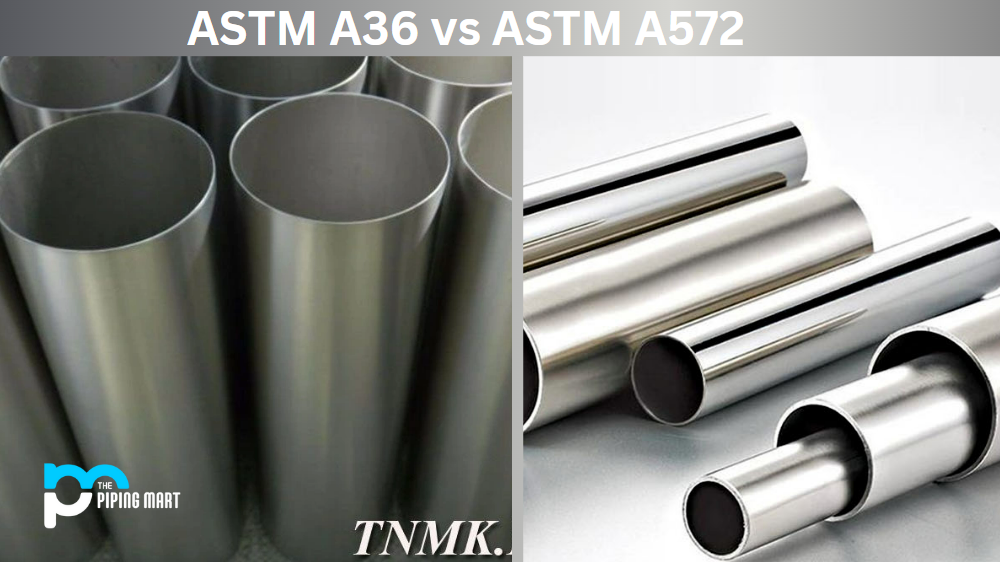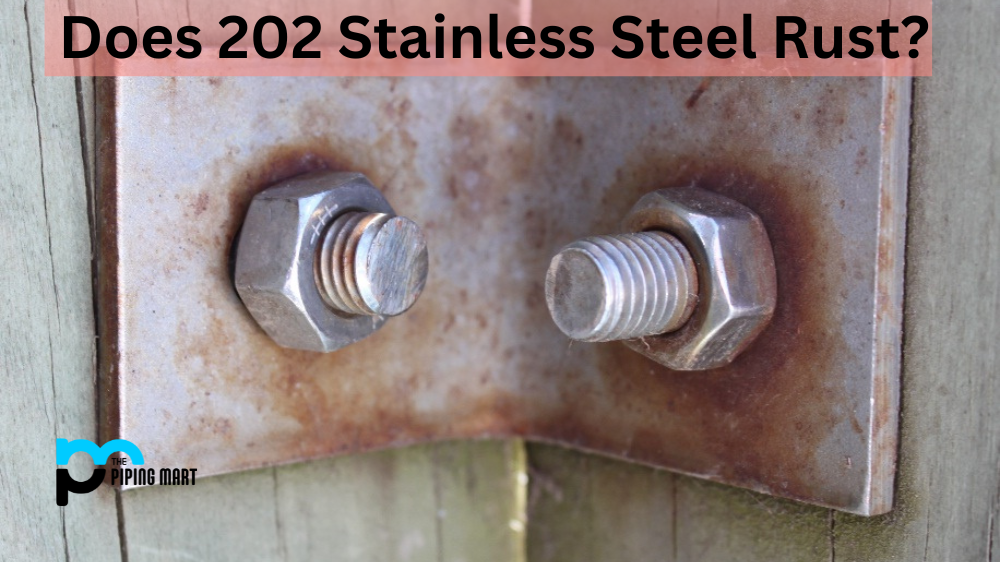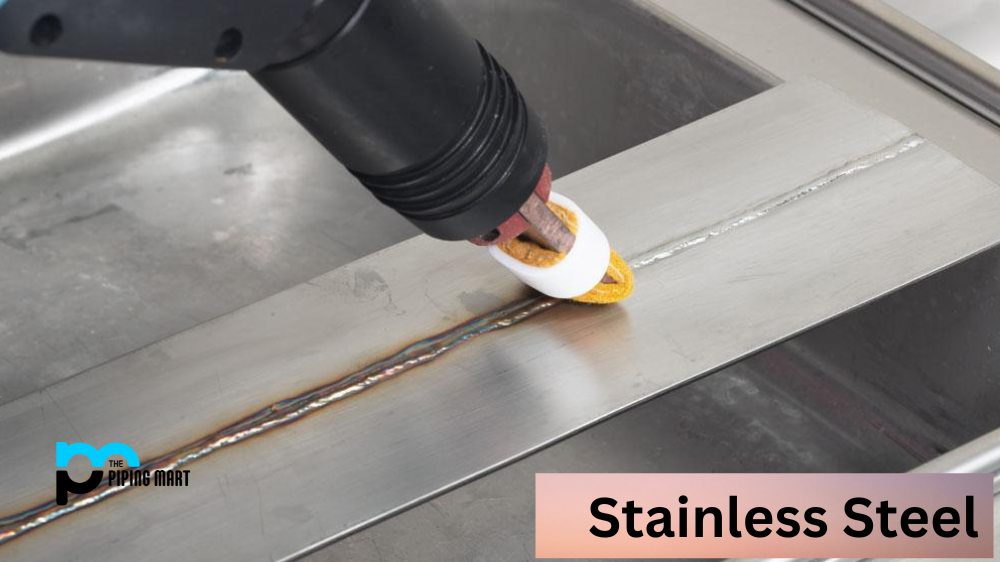Steel is the backbone of the modern world. Steel is used in countless applications, from buildings, bridges, and skyscrapers to cars, ships, and machinery. Different types of steel are available in the market, each with unique properties. ASTM A36 and ASTM A572 are two of the most popular types of steel used in structural applications. This blog post will comprehensively examine ASTM A36 vs ASTM A572, comparing their properties, uses, and applications.
Difference Between ASTM A36 and ASTM A572
Chemical Composition
ASTM A36 and ASTM A572 have different chemical compositions, which affect their mechanical properties. ASTM A36 has a maximum carbon content of 0.26%, while ASTM A572 has a full carbon content of 0.23%. The addition of other elements also affects the steel properties. ASTM A36 has a manganese content of 0.80-1.20%, while ASTM A572 has a manganese content of 1.35%. ASTM A572 also has trace amounts of columbium, vanadium, and nitrogen, which enhance its strength and toughness.
Mechanical Properties
Mechanical properties are crucial in determining the suitability of steel for a particular application. ASTM A36 has a yield strength of 36,000 psi and a tensile strength of 58,000-80,000 psi. It has excellent ductility and weldability but is weaker than ASTM A572. ASTM A572 has a yield strength of 50,000 psi and a tensile strength of 65,000-95,000 psi. It offers better stability and toughness than ASTM A36, making it suitable for heavy-duty applications.
Applications
Both ASTM A36 and ASTM A572 are used in structural applications. ASTM A36 is commonly used in building frames, bridges, and general construction applications. It is also used in machinery and equipment manufacture. ASTM A572, on the other hand, is ideal for high-strength, low-weight applications like transmission towers, structures subjected to heavy loads, and buildings with seismic concerns.
Cost
Cost is a critical factor in choosing the right type of steel for a particular application. While ASTM A36 and ASTM A572 have different properties, they have similar costs. ASTM A36 costs slightly less than ASTM A572, making it an affordable option for many applications. However, its lower strength may increase the steel needed for a project, which may offset the cost-saving.
Welding
Weldability is another crucial aspect when comparing ASTM A36 vs ASTM A572. THANKS TO ITS LOW CARBON CONTENT; ASTM A36 is more accessible to weld than ASTM A572. However, it may not be suitable for thicker sections that require more substantial heat input. ASTM A572 has a higher carbon content, making welding more challenging. However, it can withstand higher temperatures and is suitable for more extensive sections.
Conclusion
In conclusion, ASTM A36 and ASTM A572 are two of the most popular types of steel used in structural applications. While they have different properties, uses, and applications, they are both viable choices for various projects. ASTM A36 is ideal for building frames, bridges, and general construction applications, while ASTM A572 is ideal for high-strength, low-weight applications. Both are affordable options with similar costs. When choosing between ASTM A36 vs ASTM A572, it’s essential to consider the application’s requirements, mechanical properties, price, and weldability.
Rachana is a dedicated and ambitious young woman who has made a name for herself in the metal industry. From her earliest days in the industry, Rachana showed a natural talent for problem-solving and a keen eye for detail. In her free time, She enjoys reading up on the latest advancements in the industry, as well as exploring new ways to innovate and improve upon existing processes.




